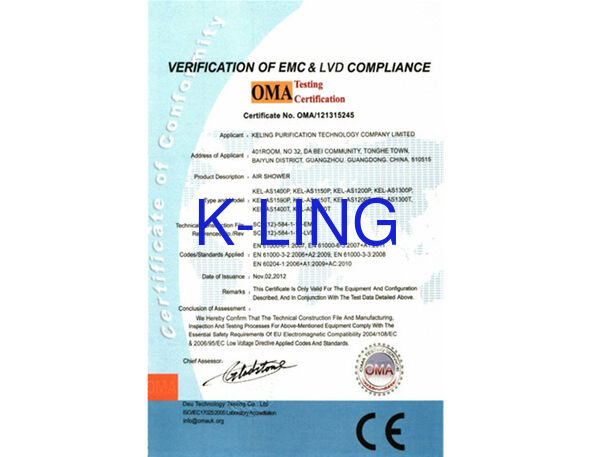Cleanrooms are specialized environments designed to control the level of airborne particles, temperature, humidity, and other environmental factors that can impact the quality of products or processes. They are widely used in industries such as microelectronics, pharmaceuticals, biotechnology, aerospace, and medical devices, as well as in research and development labs. Cleanrooms help to ensure that products are manufactured to the highest possible standards, with minimal risk to human health and the environment.
Cleanrooms are engineered to minimize the introduction, generation, and retention of airborne particles, which can be detrimental to the quality of products. This is achieved through a combination of environmental controls, such as the use of HEPA (High-Efficiency Particulate Air) filters, airlocks, and positive pressure, and strict maintenance procedures. Cleanrooms are typically classified according to the size and number of particles per cubic meter allowed in the environment.
To effectively use cleanrooms, it is important to understand their unique characteristics, as well as their limitations. In this article, we will explore the various aspects of cleanrooms, including their applicability, features, usage, and maintenance.

 Your message must be between 20-3,000 characters!
Your message must be between 20-3,000 characters! Please check your E-mail!
Please check your E-mail!  Your message must be between 20-3,000 characters!
Your message must be between 20-3,000 characters! Please check your E-mail!
Please check your E-mail! 

